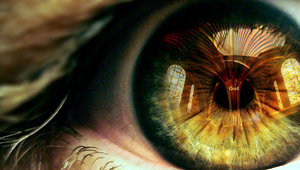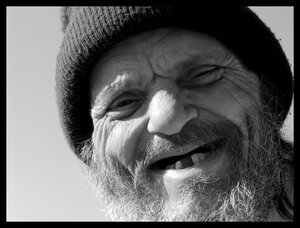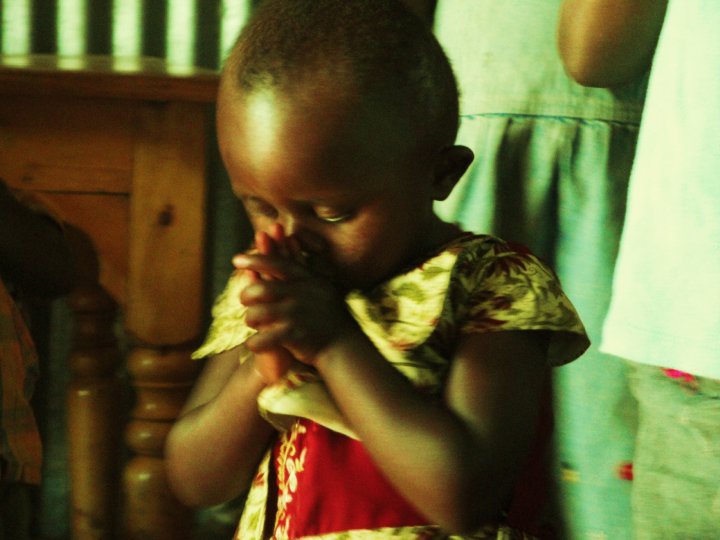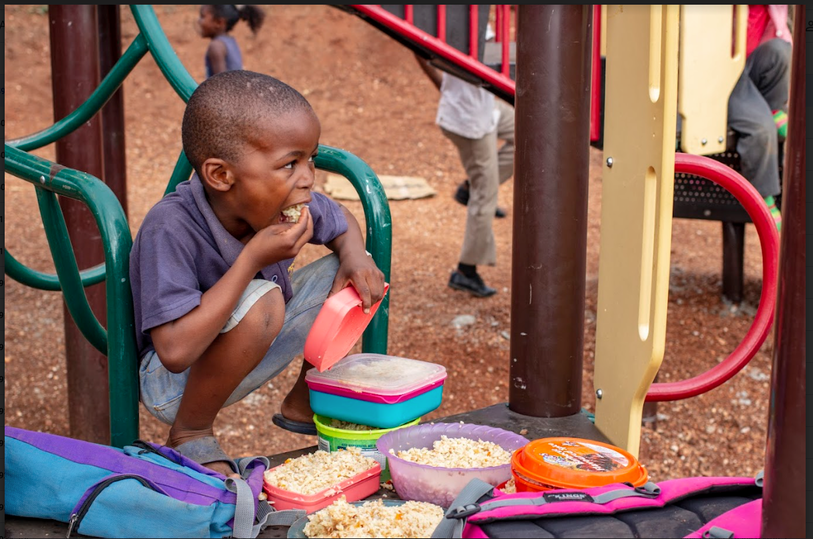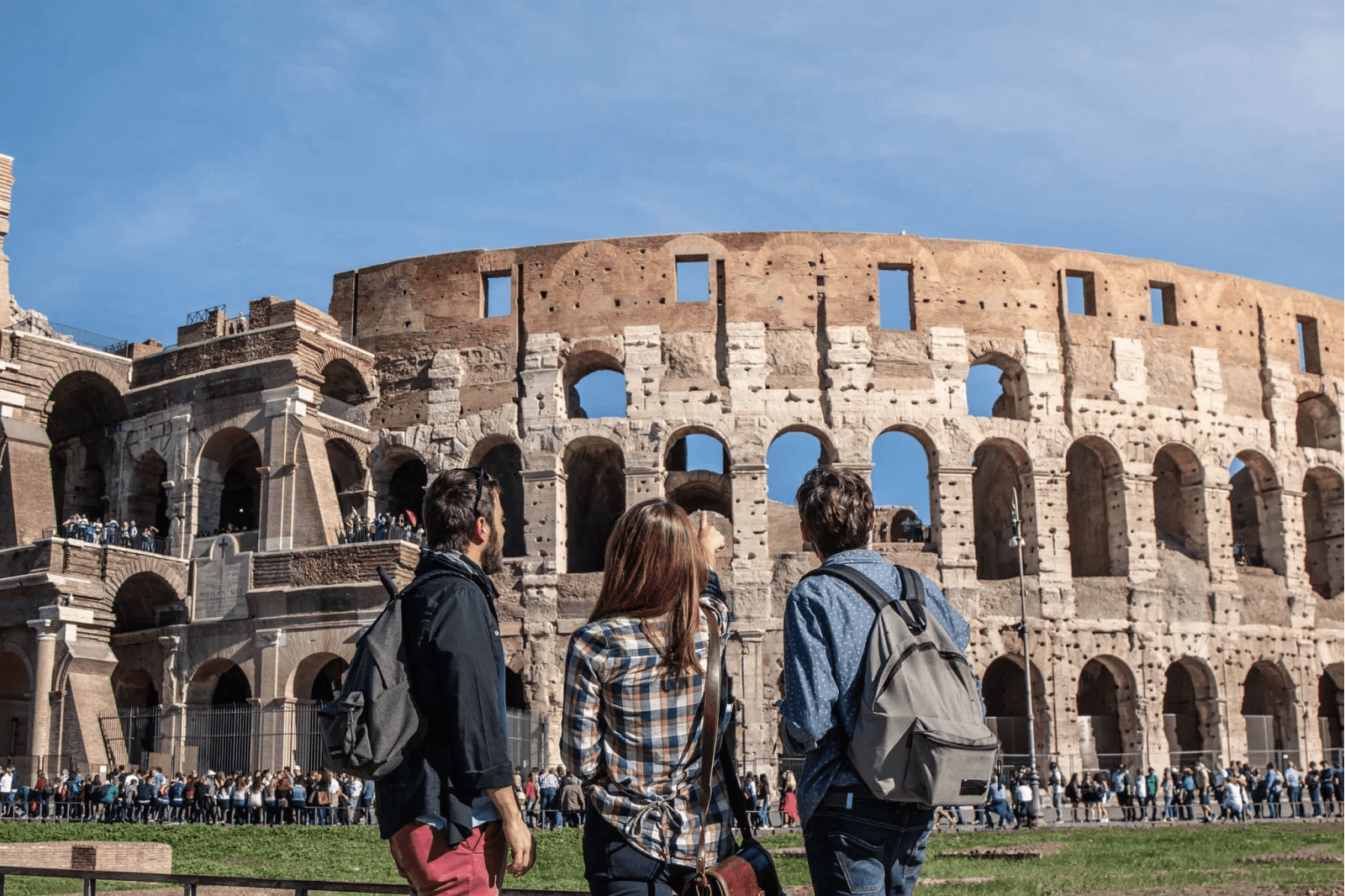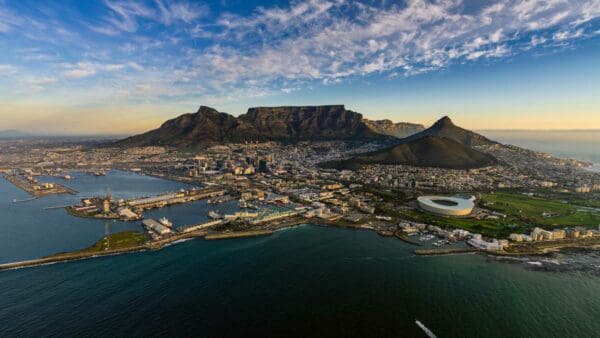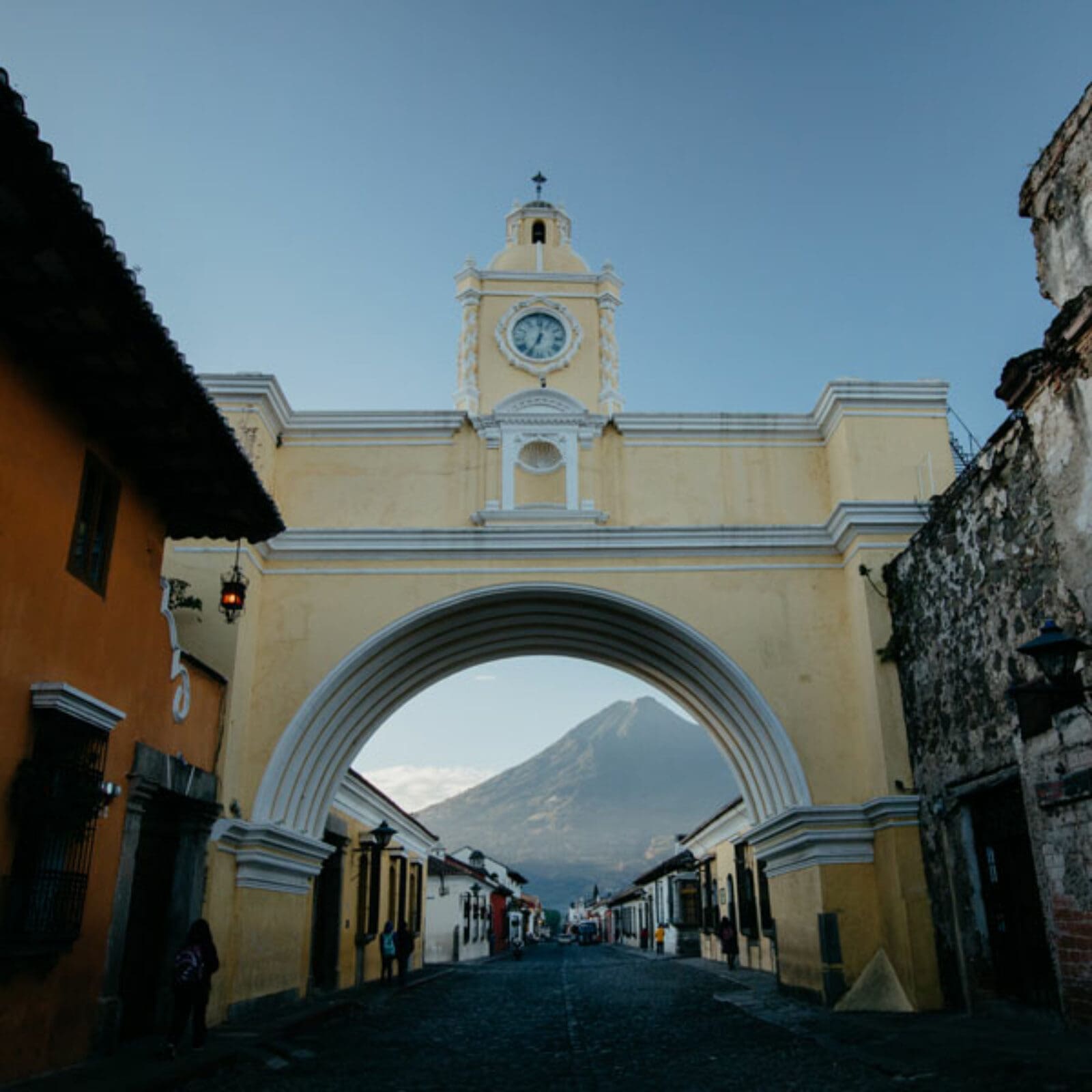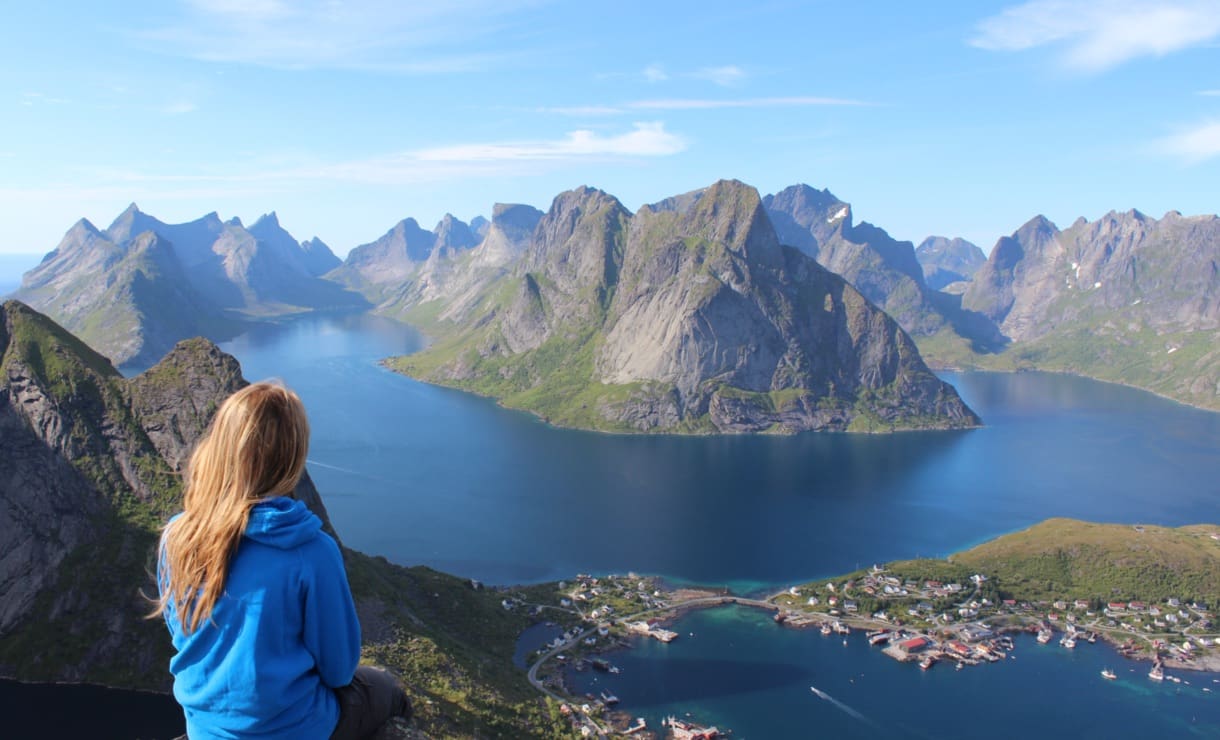I don’t know what God looks like.
Maybe He is a white man with a long, flowing beard, white as snow, balding on top, looking down on us with wisdom and understanding.
Maybe He is a middle-eastern man in a turban, mocha-colored skin exploiting the dazzling sheen of his flowing robe, gazing down on the world of children below him with compassion brimming in his coal-colored eyes.
Maybe He is African, purple-black skin and tremendous muscle-tone hiding inconspicuously beneath the bright tribal patterns and colors of his one-shouldered garment, His face split with an ear-to-ear smile as He listens to the songs of all His children reach his drooping and widely-gaged ears.
Maybe He is Asian, serenely sitting on a golden-decorated throne with angels attending His every thought, His kind eyes surveying the entire span of the globe, listening to every child’s prayer at once.
I know I don’t know what God looks like… And in a way, I think He is all of these.
I know that, to those in Uganda, their idea of Jesus is most likely not one of a mzungu with reddish-blonde hair and bright blue eyes, as he has been so displayed through the ages. To those in Israel, he could probably be seen as they might see their next-door-neighbor, with all the characteristics of a Jewish man. To those in China, He is Chinese. To those in Iraq, He is Iraqi. To those in India, He is Indian; To those in Peru, well, He’s a full-fledged Incan.
One thing I have learned, one thing reinforced through this whole year, is that the people of all nations are the Children of God.
I’ve shared the following message in each country, sometimes in English and sometimes through a translator:

God speaks Romanian.
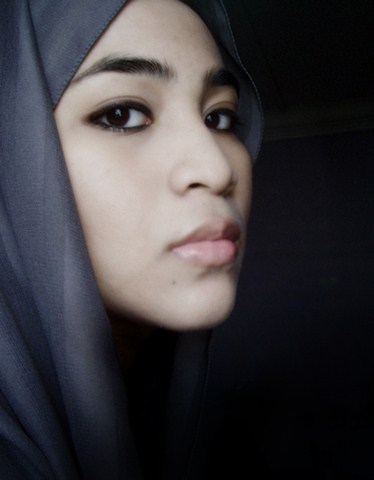
He knows Turkish fluently.
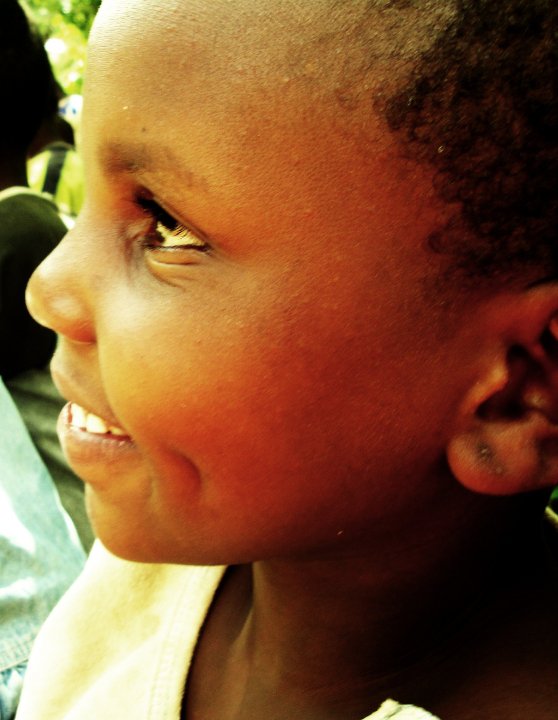
He knows Swahili, created every single word.
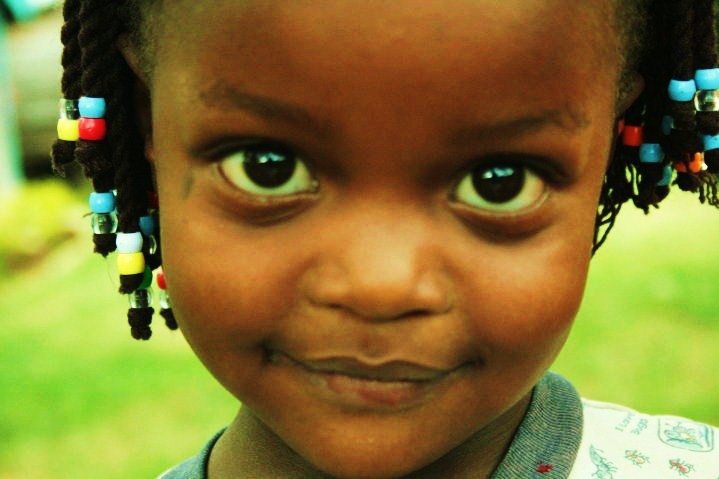
He loves to hear His children speak to Him in Acholi.
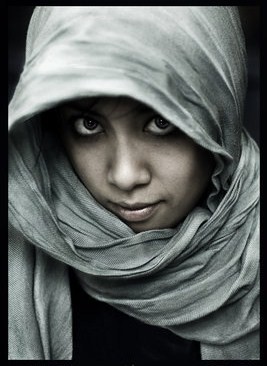
He loves to speak to His children in Arabic.

He completely knows every tonal dip of Thai,
every rising and falling tone of Vietnamese and Chinese and Khmer.
Keep going, He knows it: Japanese, Korean, Hindi, Spanish, Italian, French, Afrikaans, Quechua… Nothing is beyond Him.
Everywhere I have been, before the Race and during, I have found this the most comforting of truths:
We are all one in Christ.
Despite cultural barriers, language and communication difficulties, conflicts between countries, misunderstandings, opposing social and political values, I have found this to be true.
We are all one in Christ.
China: A little grandmother, 80-some-odd years, doesn’t know our names nor one word of English, bows her head and prays, “Thank you, Jesus, because even though they do not speak Chinese, they are my family because they love you.”
Israel: A congregant of Arabic-speaking Christians pray over us, “They are from very far away, we don’t know each other’s stories or families, but we are family, because we are one in you.”
Kenya: “Thank you for bringing us family from across the ocean to serve among us and show us that black and white doesn’t matter, because you are our Father.”
Yes, I don’t know what God looks like. But I know what His children look like.
They are beautiful, all colors of the rainbow. There is not a hue that is missing, not a shade that can’t be found. From the whitest ivory to the purple sheen of the darkest ebony and every color in between, not a tribe or race is missing. Not one brother or sister blends in the crowd.
All manner of human sounds come from their mouths. There is not a click, a tone, or an aspiration unaccounted for in the language of this family. There is not a linguistic classification that you can’t find, and the tribal languages and local dialects are all understood, completely, by the God who made each communication distinct and unique and speaks every one fluently.
Whether He responds to “Father”, “Padre”, “Baba”, or “Tousan”, He responds. Whether the name of His Son, uttered in a moment of desperation for salvation is pronounced, “Jesus”, “Yesu”, “Yehoshua”, “Isa”, or “Iesu”, He still saves. Whether His Spirit is implored in word or in heart, He still comforts.
If you can determine what a Father looks like from the appearance of His child, God must be a sight to behold! If attributes of children reflect the behavior they have learned from their father, God must be a supremely diverse personality!
I’ve seen his unbridaled joy in African dances; His regal nature exalted through architecture in the churches of Eastern Europe; I’ve seen his resilience in the unshakable belief of Middle-Eastern believers; I’ve seen his open-armed, loving nature displayed in the innocence and excitement of Asian followers.
Though I don’t know what God looks like, I’ve seen His face in every country. Sometimes it’s black, sometimes it’s tan, sometimes it’s even the face I see in the mirror.
I have heard of Him. I have seen the way He moves and orchestrates and unifies and strengthens and sustains and upholds.
No, I don’t know what God looks like.
But I assure you, the day I finally see Him, I’ll not be able to mistake Him for anyone else! And whether he greets me with a red beard or an afro, I’ll run straight into the arms that have invisibly held me all my life.
Our last day in Tanzania, I saw a beautiful thing.
One of the Pastors we had worked with all month invited us to his small, two-room home to pray over him and his family and ask God to bless his home. We would also meet his wife and two sons, whom we had only heard about throughout the course of the month.
The dark night around us like a cloak, we trailed off the dirt path that would normally lead us home in favor of taking an even more obscured walkway, the way to Pastor Raphael’s home. The Tanzanian darkness is truly darkness in every sense of the word, and illumination of anything, especially in dirt-path villages, is lighted by virtue of stars and moon alone.
In this vague light, we approached Pastor Raphael’s house. As we did, his small son, Baraka, caught sight of our silhouettes across the dirt-packed front yard and came running towards us. My heart instantly warmed as I remembered being that age, waiting for my father to come home from work so I could run and jump into his arms.
However, instead of Baraka running to Raphael, he ran past him. At first, I thought he couldn’t see that he missed his father due to the darkness. But as this lightning-fast thought flashed through my mind, I saw that I was wrong.
Bypassing his own father, Baraka, an eight-year-old Tanzanian boy whom we had never met, ran. For a brief second, I saw a joy he was unable to suppress evidenced in his face-splitting smile, white teeth and dimples flash beneath the starlight. And then, wordlessly and without apology, explanation, or reserve, he threw his open arms around Ken’s waist and didn’t let go.
We were all startled for a brief second before smiles, laughter, and even tears began to overcome us. This child had never seen us, and at most, had only heard about us from Raphael throughout the month. But what he heard of us was enough to convince him that we were good, that we would return his love in the same way he showed it to us, that he had nothing to be afraid of in us. And, even through the bleakness of African nighttime, when he saw us, he ran. He ran without inhibition, without caution, without a second thought.
And in my mind, when I think of the day I’ll run to God, I think of Baraka, running and clinging to Ken, laughing all the way, trusting that what he’s heard of him is sure enough to be fully trusted.
And when I encounter God, as through a glass darkly now, I’ll see face-to-face in that day when all my faith is known. And just as a small, African child can run uninhibitedly into the arms of a white missionary he’s never ever seen before, I’ll run into the arms of my God, whether He’s red, yellow, black or white.
